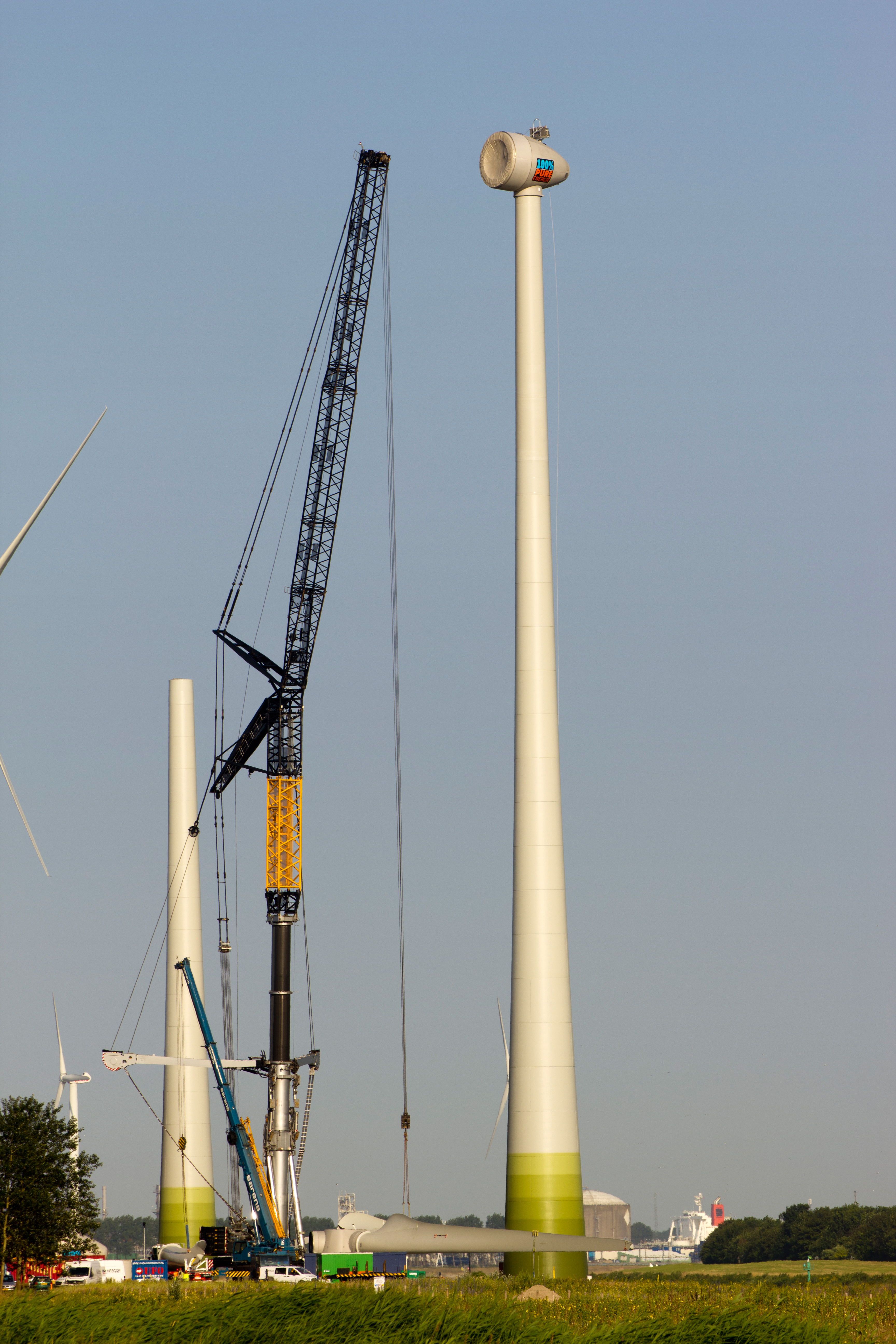
Constructing turbines or solar panels consumes vast amounts of natural resources. Consider just some of the resource drain created by ‘renewable’ energy discussed on 1/13/15 at The Scotsman: Comment: Renewables drain our resources –
Wind turbine towers are constructed from steel manufactured in a blast furnace from mined iron ore and modified coal (coke). Turbine blades are composed of oil-derived resins and glass fibre. The nacelle encloses a magnet containing about one third of a tonne of the rare earth metals, neodymium and dysprosium. Large neodymium magnets also help propel electric cars.
A third of a ton of rare earth metals for every turbine. So what? Consider:
Processing one tonne of ore generates about one tonne of radioactive waste, 12 million litres of waste gas containing dust concentrate, hydrofluoric acid, sulphur dioxide, sulphuric acid and 75 thousand litres of waste water.
Ponder those outputs as the cost of every three turbines you see – another ton of waste that is radioactive and huge amounts of toxic gas.
Then there is the concrete:
One thousand tonnes of concrete anchors the turbine base. … Cement production generates 7 per cent of the world’s emissions.
Two million pounds of concrete.
Here’s one estimate of the bird and bat fatalities:
…100 birds are killed per turbine per year on average. For bats (that consume 3000 midges per night), it is 200.
Solar panels have their own problems:
The production of just six solar panels requires at least one tonne of coal to bake the silicon at high temperature.
Consider the toxic gases from panel production:
Their manufacture releases hexa-fluoroethane, nitrogen trifluoride, and sulphur hexa-fluoride, greenhouse gases thousands of times more damaging than carbon dioxide.
The open question is where to rank the total environment impact of solar and wind power.
Are they dirtier or cleaner than natural gas? Are they worse that coal, which is worse that gas? As horribly bad as burning wood?
I wonder if the toxic waste generated by making and installing wing-toasters and slicer-dicer-decompressors is counted when calculating the alleged environmental good achieved by their inconsistent, intermittent operation.